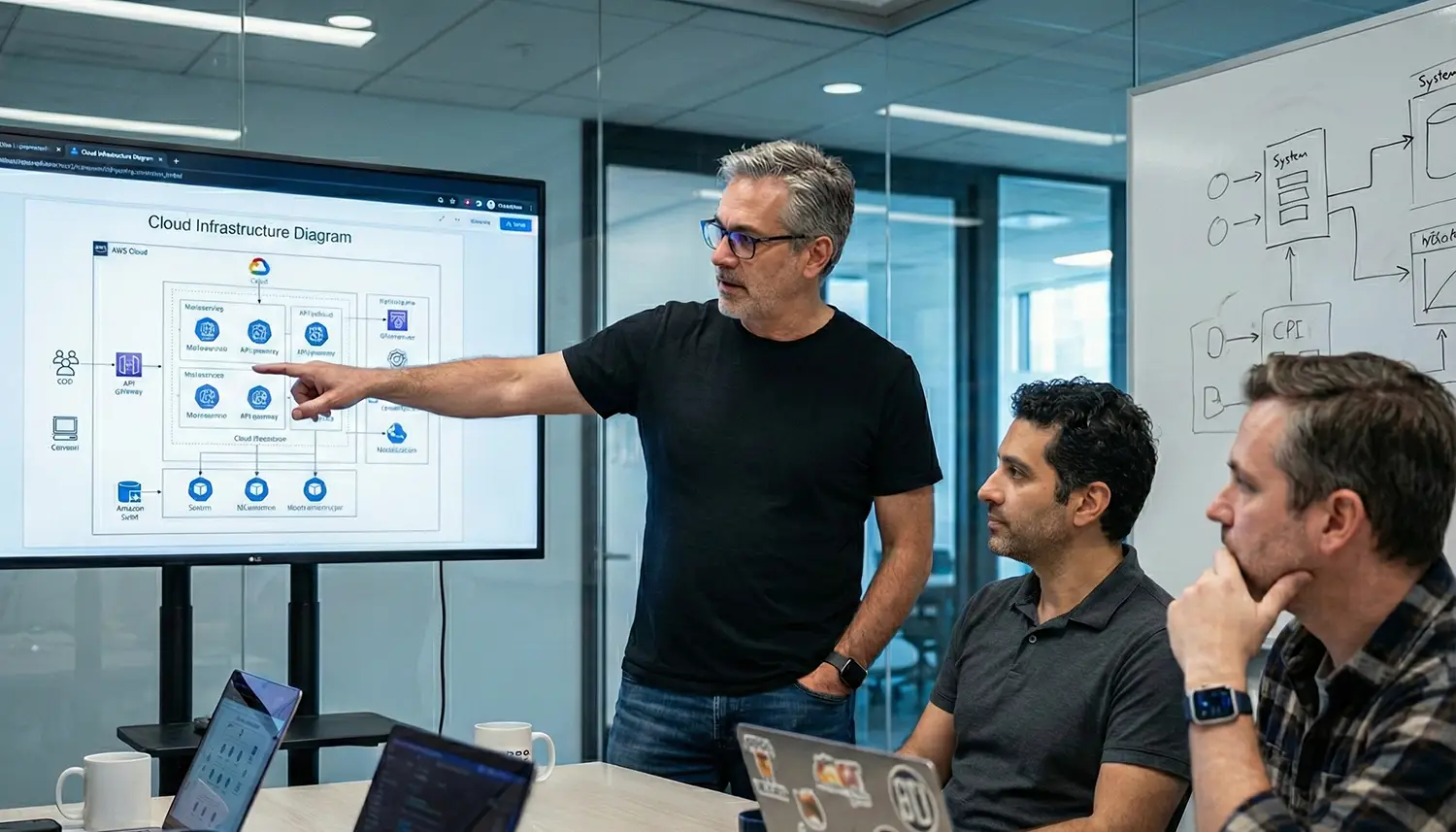You don’t need to be told that attaching “AI” to a project makes it more appealing. It’s the shiny “it” thing!
Generative AI and AI-related startups raised nearly $50 billion in 2023, a significant increase from previous years. Most developers already expect to use AI in some way to improve their productivity or to create applications for their employers. And certainly telling management your new project uses AI makes it sound sexier and suggests that it is more likely you’ll get budget approval.
However, adding AI to a corporate project ultimately is supposed to benefit the business. And because GAP is among the consulting companies with plenty of practical experience in AI, we are in a position to share lessons from successful client engagements.
GAP has an extensive background in helping organizations design and deploy solutions in artificial intelligence and all the technology subcategories that feed into AI. We have specialists in data science, data engineering, business intelligence, and so on — plus dozens of examples where solving a client’s problem involves manipulating, integrating, and interpreting data. And we know how to help you get started with AI (or start over if things got messy or were unfinished in your prior attempt).
AI Strategy Development for Business Problems
Naturally, there are many horses in the race. In this emerging field, the market has not consolidated on a standard set of tools to use. That’s a familiar scenario for any computer consultant as we need to work with a client’s existing ecosystem and to adopt appropriate tools for the task at hand. That means GAPsters are learning every relevant tool and technology that might address a client’s need, and it also gives us an opportunity to enable our tech team members to grow professionally.
But right now, the primary need in the business community is not technical knowledge such as “a team that understands the R programming language,” even if we offer that expertise. Technology is always the easiest part. Identifying the opportunity and designing a way to achieve it is paramount.
Today, the primary need we encounter with our enterprise clients is helping them ascertain how AI can enhance their business operations. How can the data be used to solve problems? Which problems? For instance: We want to use AI to simplify our lives; we want to reduce costs; or we want to provide an excellent customer experience that builds consumer loyalty.
We help clients assess their data journey using interview processes and assessments to identify the necessary steps along that path. Typically, we look at their existing and desired use cases using a joint agile exploration approach to identify proofs of concepts and to bring up issues such as data governance. We explore those options as quickly as possible — since everyone feels a special kind of urgency with AI projects — and together we create a model the client can support.
At GAP, we’ve found the most successful projects are those where AI improves automation and reduces the cost of work. Cost reduction we have found is the biggest winner, perhaps because it’s the most easily measured.
Here’s a handful of examples that show how enterprise organizations are approaching AI projects — and how we’ve helped them along the journey.
Making Healthcare Marketing More Accurate
One GAP client’s specialty is delivering data-driven healthcare marketing solutions. For example, the organization has improved patient engagement and significantly increased marketing campaign conversions for pharmaceutical companies.
The company has a lot of data to work with. Their data catalog has information on 500 million consumers worldwide, with 1500 data points per person. The company applies 12000 global attributes for audience prospecting, segmentation, and in-depth audience propensity analysis. It uses machine learning models on HIPPA-compliant health-related records, detailed data insights, and audience segmentation options.
However, the business problem our client wanted to address is far more involved than managing huge datasets. The organization wants to help healthcare brands enhance their marketing campaigns’ reach and precision. So the GAP data science team worked with the client to design and build sequential models based on demographic statistics and medical records.
We have also worked with the client to create language models that consult medical literature. That exploration posits that the existence of a medical condition may potentially lead to other future medical conditions that pharmaceutical marketing campaigns may preemptively target (called propensity audiences).
On the technical tools side, for this project, GAP uses knowledge graphs, RAG architectures, and Huggingface infrastructure, among others.
Improving user experience and data integration
Another GAP client focuses on addressing entrepreneurs’ needs, providing tools and services that help its users form and run companies efficiently. The extensive range encompasses everything from business formation to bank accounts and business plans. Several of these services — such as business planning, finance, cost planning, marketing and client retention — use OpenAI and machine learning models under the covers to provide the company’s users with AI-based support, analysis and recommendations.
The GAP team manages several data pipelines on the client’s behalf, such as a data warehouse and a variety of datasets exposed via a data marketplace, with support for predictive analysis. We ensure data integration with the client’s external partners, such as Salesforce, Google and Stripe.
As with many customer-facing applications, the clients’ services are gaining new AI-assistive services. Customers can use the site’s OpenAI integration as a generating and advising mechanism, such as enhancing business plans and getting recommendations for marketing campaigns.
All those roles require a lot of AI-assistive tools. ChatGPT Enterprise is a primary one in this case. It helps discover new data patterns in response to emerging hypotheses on the client’s finance and marketing data. It’s also helpful for investigating factors that influence customers’ adoption and churn rates, marketing results and cost of sales.
Streamlining sustainability
Many organizations have climate objectives related to greenhouse gas emissions, and one GAP client helps companies set and achieve these climate accountability goals. The company’s platform provides real-time data analysis for sustainability leaders who want to drive climate action.
Beneath the surface, the platform’s machine learning models rely on datasets from energy providers and public sources. These models generate predictions, simulations and recommendations for governments, enterprise businesses and other organizations that care about reducing carbon impact and advancing sustainable AI strategy development. For example, the client can offer analysis and recommendations based on regional electric consumption.
GAP brings its machine learning and data science expertise to improve the precision of these predictive models, maintaining data pipelines on energy consumption from utility providers and other sources. That means a lot of data massaging, such as data imputation and data retro-feed techniques, using tools like Prefect, Metaflow and Fastapi.
The business comes first
In each of these cases, the emphasis is on solving a business problem, not using the shiniest new technology. As you explore your own AI strategy development, consider the ways you can use data to give your company a competitive advantage.
GAP has extensive experience in the digital life cycle of AI projects, from prototype proofs of concepts to production applications to pipeline maintenance for AI models. And we’re happy to help you answer any of your AI-related questions.



